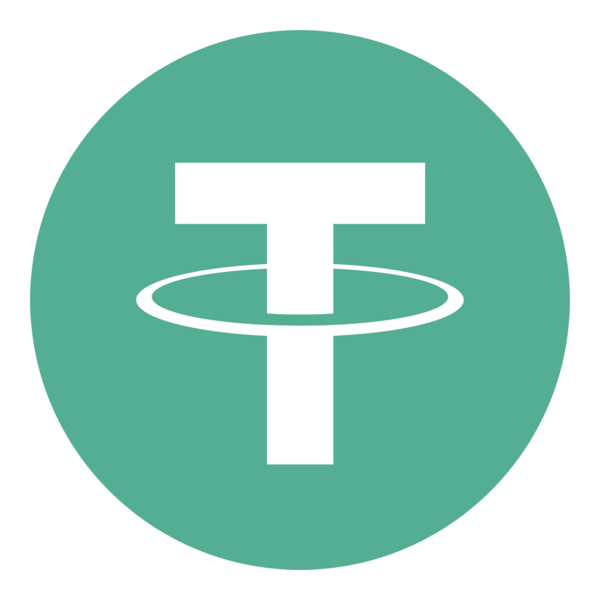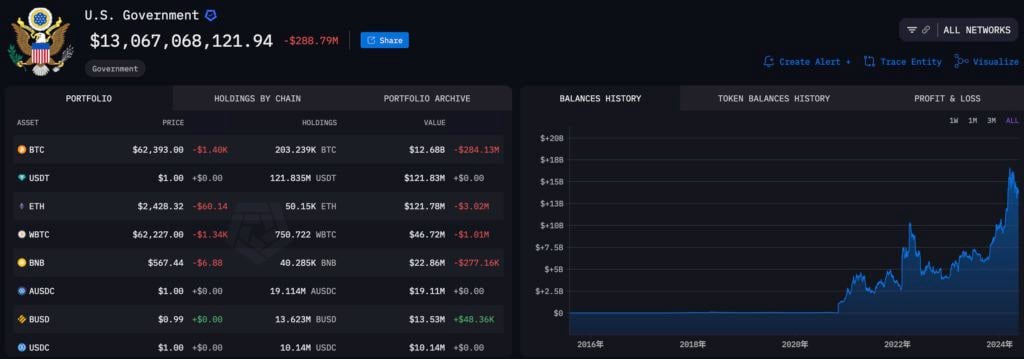Stani Kulechov, founder and CEO of decentralized lending protocol Aave, personally promised during an interaction with the community on the X platform today (22nd): “We will bring ETHLend back in 2026, I promise.”
![图片[1]-Aave founder teases relaunching ETHLend next year, bringing “real BTC” back to DeFi lending?-OzABC](https://www.ozabc.com/wp-content/uploads/aave-ethlend-relaunch-2026-768x512-1.webp)
goStani Kulechov, founder and CEO of the centralized lending protocol Aave, made a personal promise during an interaction with the community on the X platform today (22nd): “In 2026, we will bring ETHLend back, I promise.” This statement instantly sparked a discussion in the crypto community, because ETHLend is the original predecessor of Aave and the first P2P lending protocol to actually go live in the entire history of DeFi.
What is ETHLend?
ETHLend began development in April 2017 and officially launched in November of the same year. At that time, Stani was still a law student at the University of Helsinki in Finland. It predates Compound, MakerDAO, and even Uniswap, and is hailed as the pioneer of the “DeFi Zero era.” In 2018, due to liquidity bottlenecks, the team decided to transform ETHLend into a liquidity pool model, and in 2020, it was officially reborn as Aave V1. The LEND token was also migrated to AAVE at a 100:1 ratio, and ETHLend has since become a legend.
How cutting-edge was ETHLend back then? Six highlights at a glance.
- The world’s first fully P2P lending protocol without a capital pool: borrowers and lenders directly place orders and match on the blockchain, like a crypto version of eBay, without any intermediary pools.
- Any ERC-20 token could be used as collateral: not only ETH, but also smaller tokens like FUN, SNT, and OMG at the time, making it extremely open.
- It pioneered the “partial collateral + credit guarantor” mechanism: the collateral ratio can be as low as 105%, but it requires finding friends on the blockchain to act as guarantors, which can be called the prototype of on-chain joint guarantee loan.
- The first to achieve “true Bitcoin native collateral (without WBTC or any wrapping): Launched in March 2018, it uses atomic swap + time lock technology to allow real BTC to be directly locked into Ethereum contracts as collateral, more than a year earlier than WBTC.
- A fully decentralized order book + anyone can be a liquidator: all orders are open and transparent, and liquidation rewards are determined by market competition.
- LEND tokens are used purely for fee reduction: no mining, no staking, and a minimalist functional design.
Because of these bold innovations, ETHLend, though only surviving for a little over a year, laid the foundation for all subsequent lending protocols. Regarding the resurrected ETHLend in 2026, Stani hinted that the new version might once again support “real Bitcoin as collateral, without any wrappers,” directly echoing the most hardcore feature of 2018. This means users will be able to lock their native BTC in their cold wallets into the protocol and lend out ETH, stablecoins, or other assets without relying on centralized bridging channels or cross-chain bridges, significantly reducing risk. This move is not only a tribute to the original spirit of DeFi but is also interpreted by the market as a key strategic move by Aave before the full-scale explosion of the Bitcoin ecosystem, potentially truly bridging the liquidity gap between the BTC and Ethereum camps.

















